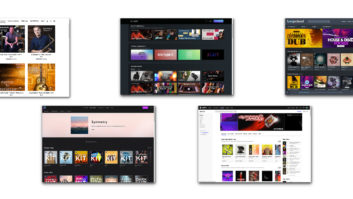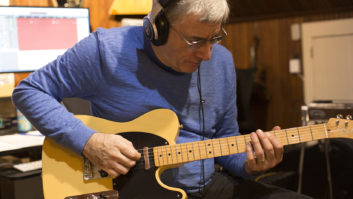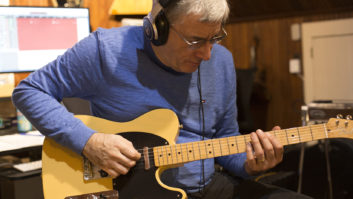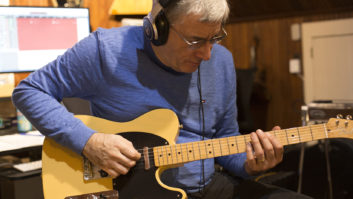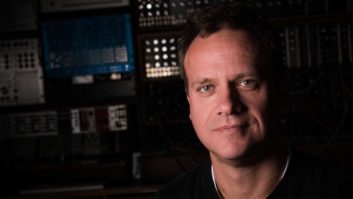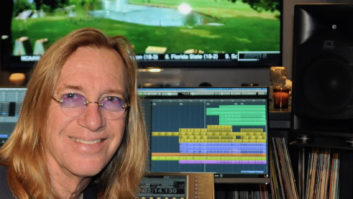From what I’ve observed, musicians and engineers who are accustomed to purchasing their music software find the idea of renting it (aka “subscribing”) to be disconcerting. That was certainly my initial reaction to the concept. Over time, my opinion has become a bit more nuanced, but I still have some concerns.
The more I learn about the subscription model (sometimes called SaaS—Software as a Service) the more I understand why software developers like it. It gives them a much steadier cash flow, which provides them with the resources to offer their subscribers new functionality more regularly, instead of waiting every year or two to release a major update.
Subscriptions also make it possible for developers to give customers access to a broader range of products for the money than is feasible through the purchase model. This is especially true in the case of plug-ins. More and more plug-in developers now allow you access to their entire catalogs for a relatively small monthly fee. In many cases, that fee, over the course of a year, adds up to about what one plug-in would cost if you bought it. To me, that’s a good deal.
Nevertheless, it takes a mental adjustment to stop thinking of your software as something you own, like your microphones or audio interface, and to consider it a service that you pay for. Some advocates of subscriptions respond to that concern by saying that you never really owned your software, anyway, you just licensed it.
That might be technically true, but if I’m renting my DAW on a monthly basis and I run into hard times financially, I don’t want it to get shut off like my electricity service would be if I didn’t pay the bill. If I buy my DAW—i.e., purchase a “perpetual license”—I can always use it, and never lose access my music even if I go through a period of financial distress. (As long as I don’t upgrade my computer OS to the point where my old software is not compatible, of course.)
Another concern is, what if the developer goes under? Imagine if the company that makes your DAW goes belly up and your software ceases to function. What happens with all those song files you have stored on your hard drive? What if you’re in the middle of a project? What if you need to reopen a mix? DAW developers don’t go under often, but it does happen (most recently with Cakewalk, whose DAW Sonar has since been bought and resuscitated by a company called BandLab).
Fortunately, in the music software market, almost all the companies give you the option of renting or buying. As long as they offer the choice, you can go with what makes you the most comfortable. Of course, not every music software company will necessarily be so accommodating in the future. Outside of the music space, some pretty major software titles, such as Microsoft Word and the Adobe Creative Suite are available on a subscription-only basis (I’m writing this column on a subscription version of Word, because I don’t have a choice), and it could be that it’s just a matter of time before that’s the case with a lot of music production software, as well.
Actually, there’s already one DAW developer that has a de facto subscription-only policy. Although it allows you to choose between a perpetual license or a subscription, those who choose the former also have to pony up for an “upgrade plan” to get any updates (even maintenance ones). This seems like a double-dip on the customer, to me.
What’s worse, if you stop your upgrade plan and then decide to resume it, you have to pay a “reinstatement fee” that’s about triple what the normal upgrade plan costs on an annual basis. Huh? Why penalize customers for coming back to your product? Shouldn’t you be encouraging them to do that?
